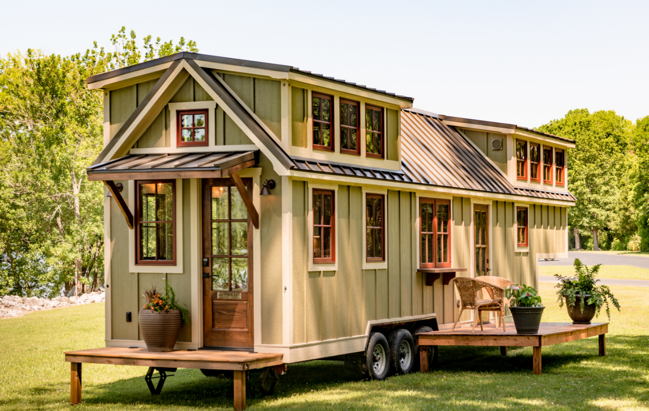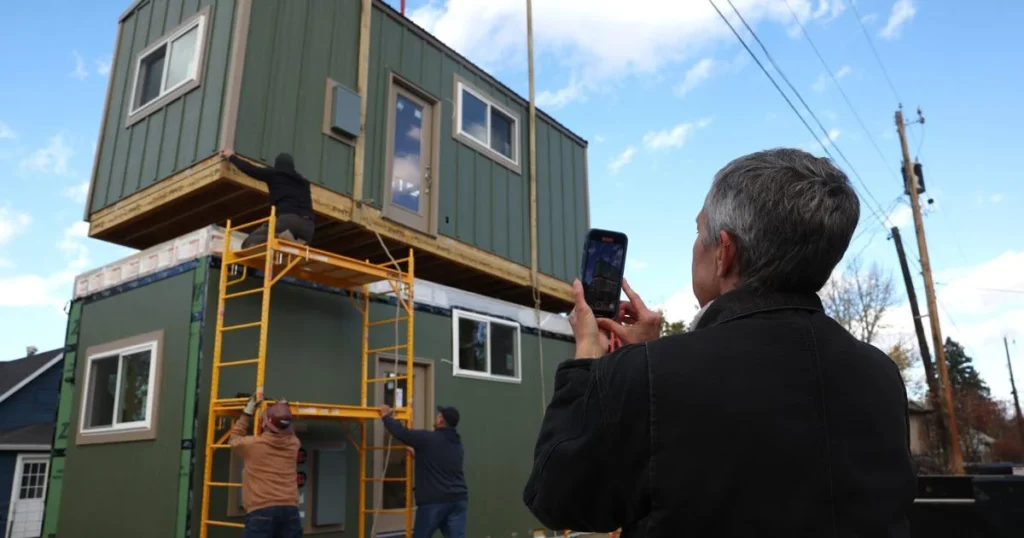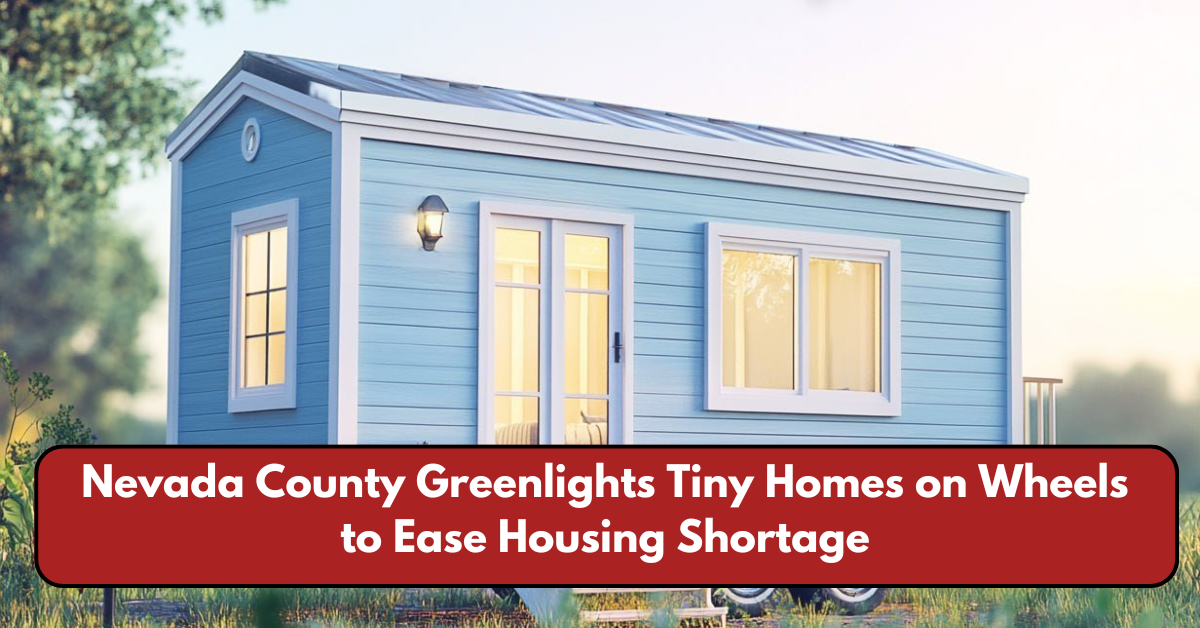Nevada County, California, has taken a significant step to address its ongoing housing crisis by legalizing tiny homes on wheels (THOWs) as permanent residences. The decision, aimed at providing affordable and flexible housing solutions, allows these small, mobile units to be used as primary dwellings or accessory dwelling units (ADUs) across various residential zones.
A Solution to Rising Housing Costs
Housing affordability has been a pressing issue in California, where home prices and rents have soared in recent years. With the legalization of THOWs, Nevada County is offering an alternative for individuals and families struggling to find stable housing.
According to the county’s new ordinance, tiny homes on wheels can be placed in any zone that permits traditional housing. This includes placement as primary residences, ADUs, or in designated dwelling group areas, provided they comply with density regulations.
One key component of the ordinance allows for up to six THOWs per acre in Medium Density Residential (R2) zones, with proper development permits. This measure encourages community-style living while maintaining safety and infrastructure standards.
Regulations and Safety Requirements

To ensure safety and compliance, THOW owners must adhere to specific requirements, including:
- DMV Registration: Tiny homes must be registered with the California Department of Motor Vehicles (DMV) annually.
- Inspection Standards: Homes must meet safety and building guidelines set by organizations like the American National Standards Institute (ANSI) or the National Fire Protection Association (NFPA).
- Zoning Compliance: Placement must align with county zoning laws and density limits.
For more information on zoning regulations, residents can visit the Nevada County Planning Department.
Cost Considerations
The cost of a tiny home varies significantly depending on factors like size, customization, and materials. A fully custom-built tiny home typically ranges from $100,000 to $200,000 for a 300- to 400-square-foot unit. More basic models or prefabricated shells can be purchased for as little as $35,000.
Despite the upfront costs, tiny homes often provide long-term savings due to lower utility expenses and minimal maintenance. Residents also benefit from the flexibility of mobility, allowing them to relocate when necessary.
A Growing Trend in Affordable Housing
Nevada County’s move to legalize tiny homes aligns with a growing national trend favoring alternative housing solutions. Many other cities and counties in California, including Los Angeles and Fresno, have also adopted measures to incorporate tiny homes into their housing strategies.
The state has been working on multiple initiatives to ease the housing crisis, including the expansion of ADU laws and funding for affordable housing projects. To learn more about statewide housing efforts, visit the California Department of Housing and Community Development.
Challenges and Considerations

While tiny homes offer a viable solution, there are still challenges to consider. Space limitations, zoning restrictions, and access to utilities remain key factors that prospective homeowners must evaluate. Additionally, securing land to place a tiny home can be difficult, particularly in high-demand areas.
Another concern is financing. Unlike traditional homes, THOWs often do not qualify for standard mortgage loans, meaning buyers must rely on personal loans or alternative financing options.
What’s Next for Tiny Homes in California?
Nevada County’s policy could serve as a model for other regions looking to implement similar measures. As the demand for affordable housing continues to grow, more local governments may consider adopting tiny home-friendly regulations.
For those interested in exploring tiny home living in Nevada County, further details on permits and requirements can be found at the Nevada County Building Department.
Final Thoughts
The legalization of tiny homes on wheels in Nevada County represents a progressive step toward tackling the housing crisis. By providing affordable, flexible, and sustainable living options, this policy has the potential to improve housing accessibility for many residents.
As more communities explore similar initiatives, tiny homes may play a crucial role in reshaping California’s housing landscape for years to come.
This article has been carefully fact-checked by our editorial team to ensure accuracy and eliminate any misleading information. We are committed to maintaining the highest standards of integrity in our content.

Premlata is a seasoned finance writer with a keen eye for unraveling complex global financial systems. From government benefits to energy rebates and recruitment trends, she empowers readers with actionable insights and clarity. When she’s not crafting impactful articles, you can find her sharing her expertise on LinkedIn or connecting via email at [email protected].




